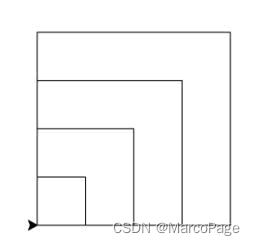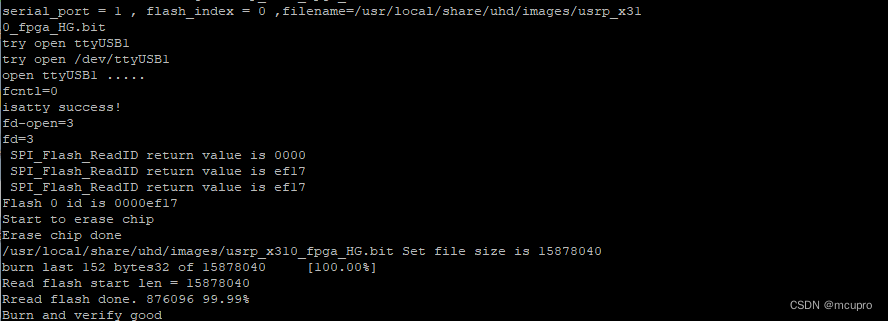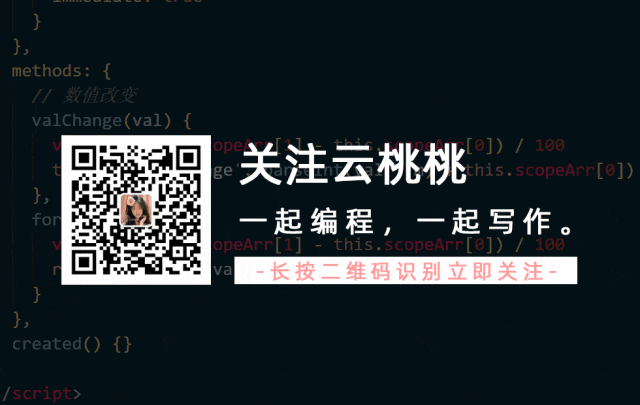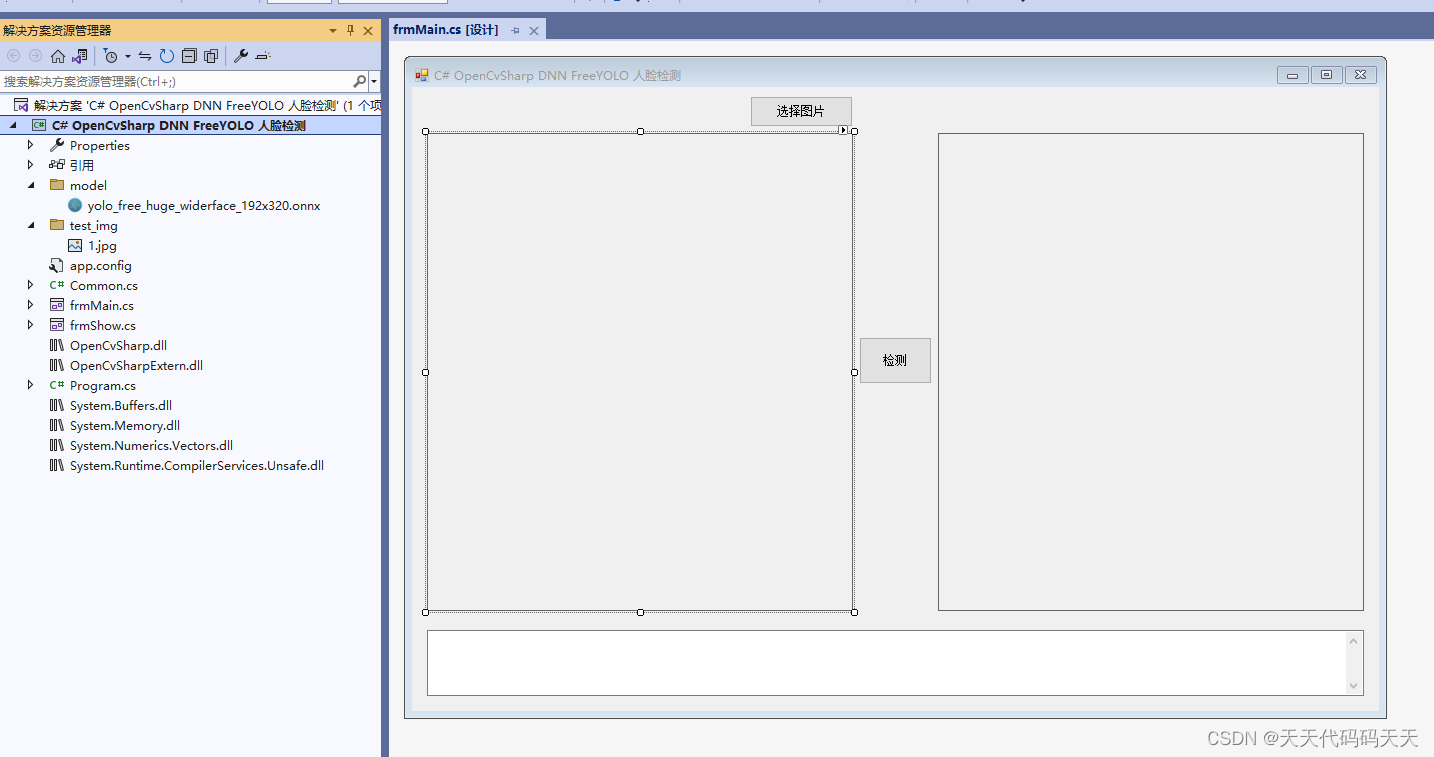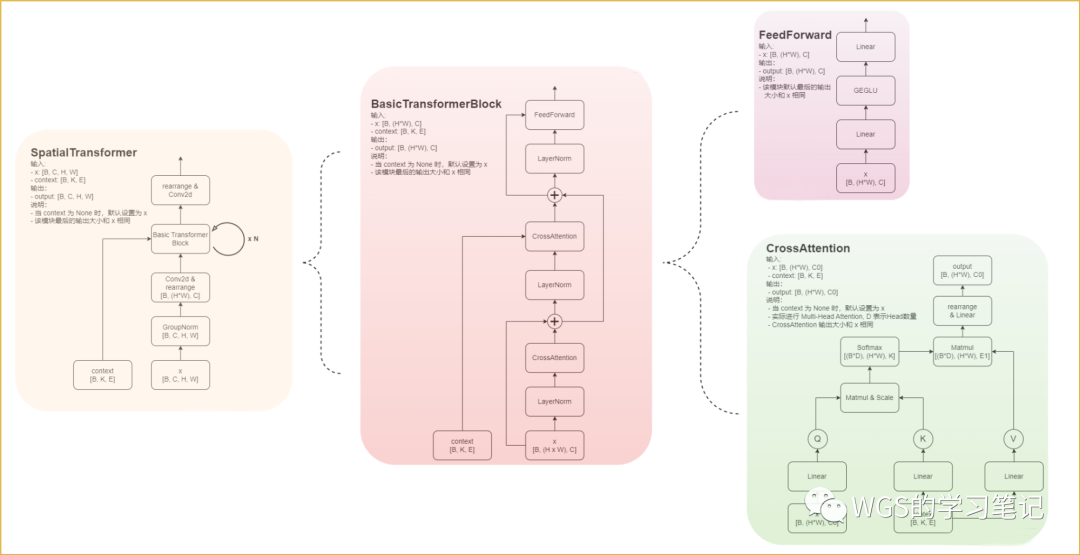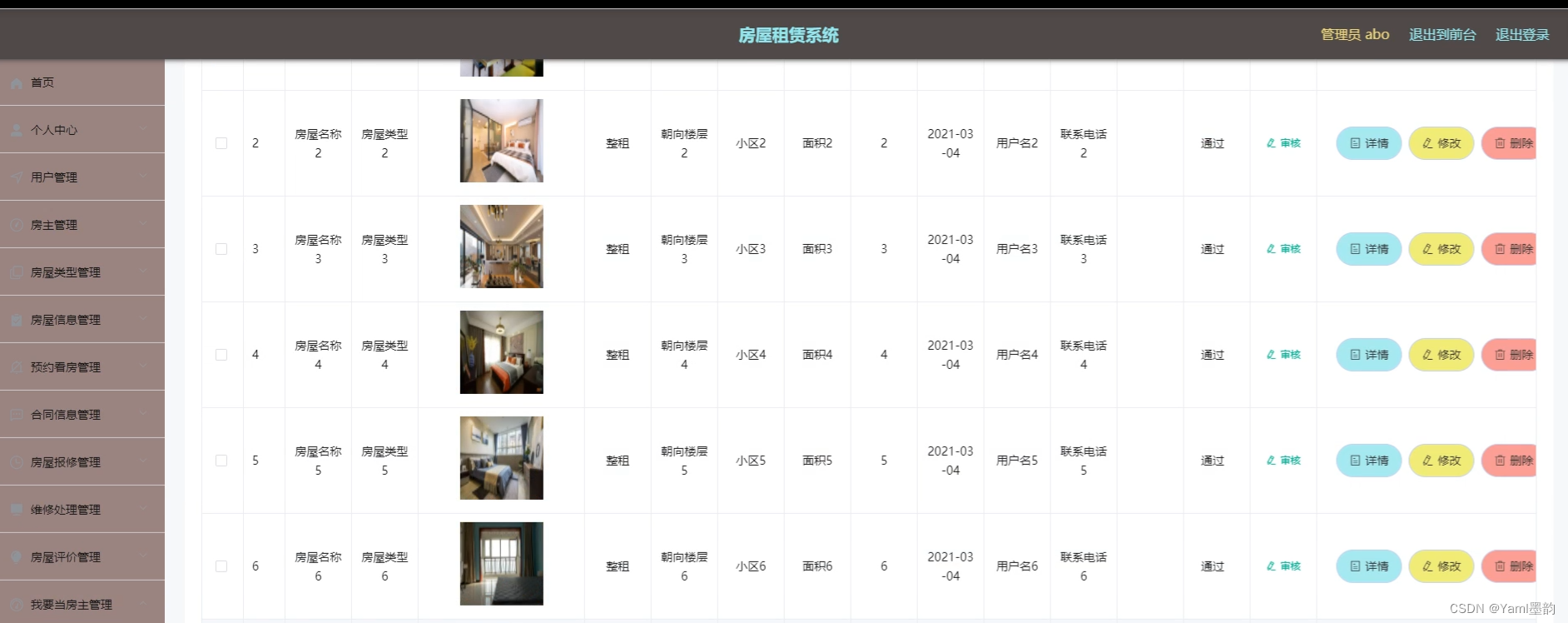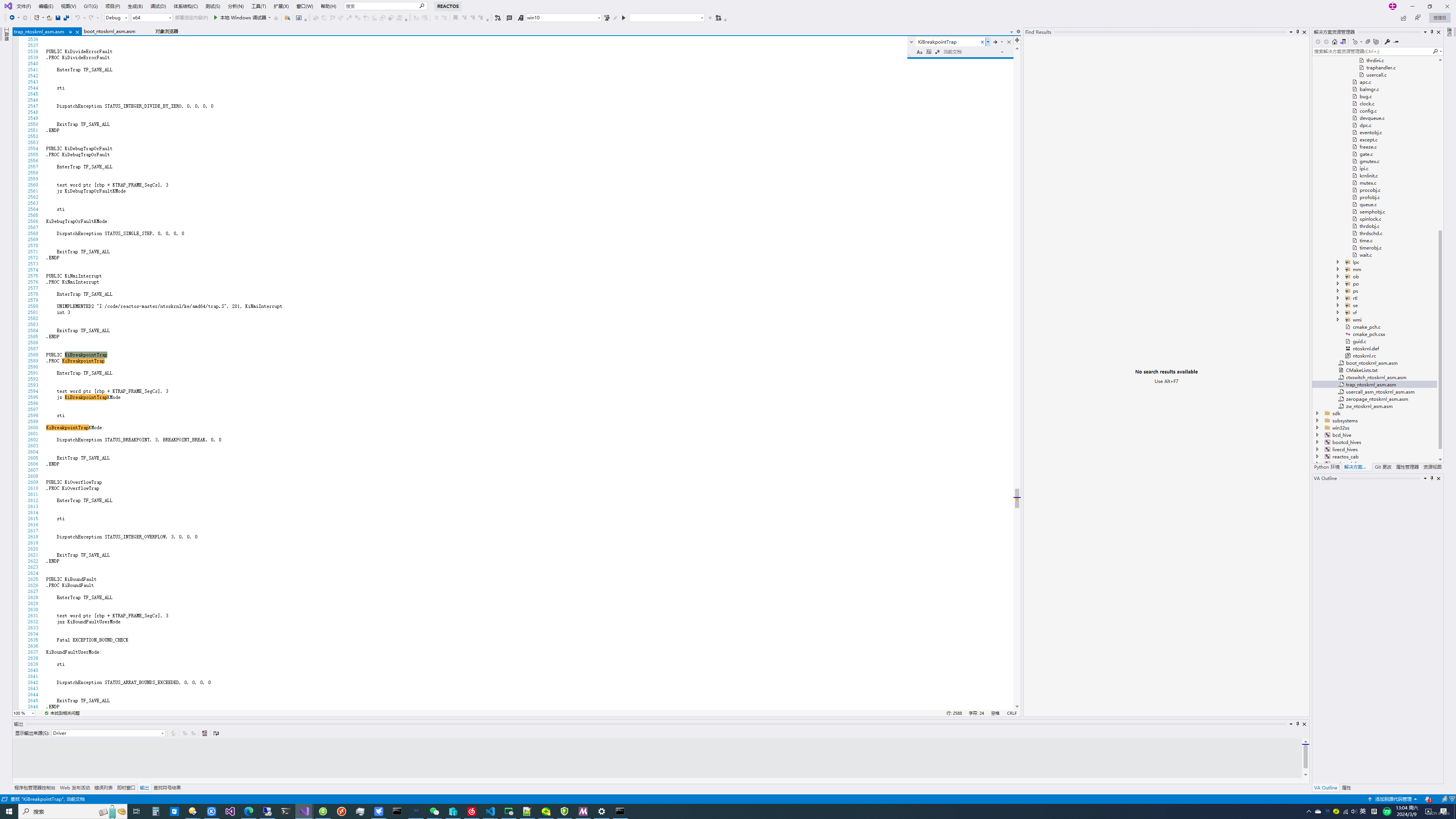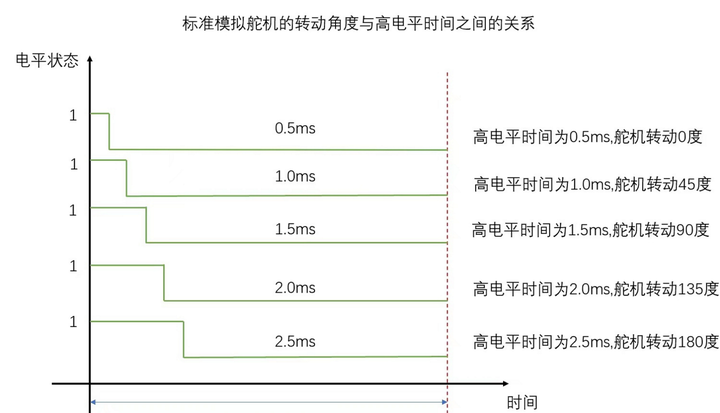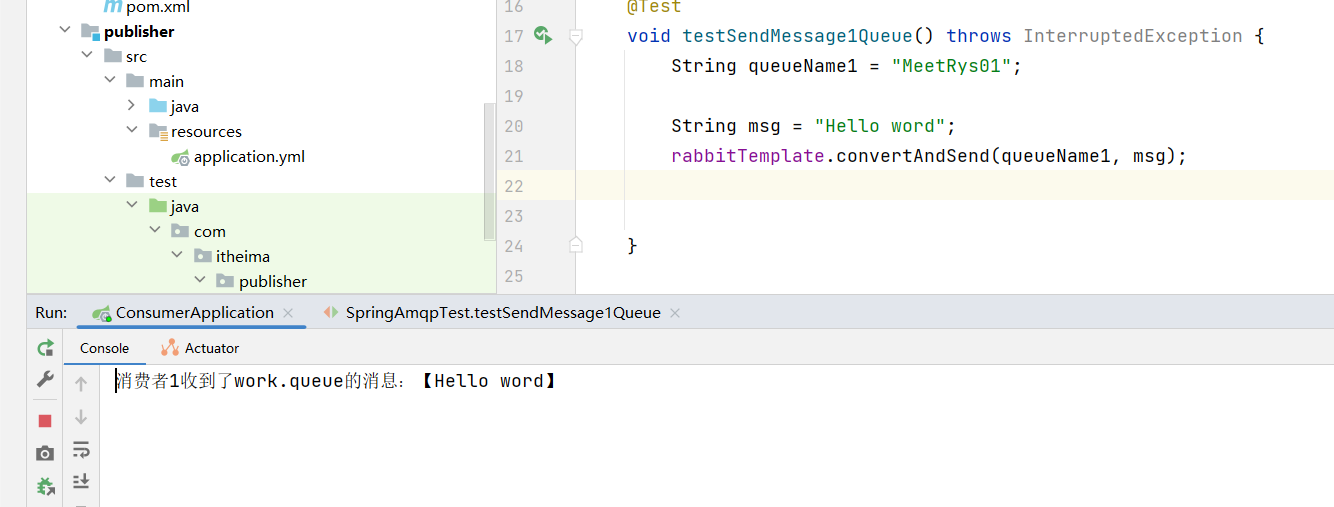python编程从入门到实践
- if语句
- 1.条件测试:
- 2.更多的条件测试:
- 3.外星人颜色#1:
- 4. 外星人颜色#2:
- 5. 外星人颜色#3:
- 6. 人生的不同阶段:
- 7. 喜欢的水果:
- 8. 以特殊方式跟管理员打招呼:
- 9. 处理没有用户的情形:
- 10.检查用户名:
- 11.序数:
- 12.
- 13.
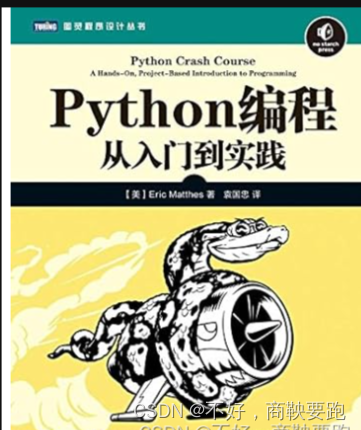
if语句
1.条件测试:
编写一系列条件测试;将每个测试以及你对其结果的预测和实际结果都打印出来。你编写的代码应类似于下面这样:
car = 'subaru'
print("Is car == 'subaru'?I predict True.")
print(car == 'subaru')
print("\nIs car == 'audi'?I predict False.")
print(car == 'audi')
·详细研究实际结果,直到你明白了它为何为True或False。
·创建至少10个测试,且其中结果分别为True和False的测试都至少有5个。
car = 'subaru'
print("Is car == 'subaru'? I predict TRUE")
print(car == 'subaru')
print("\nIs car == 'audi'? I predict FALSE")
print(car == 'audi')
2.更多的条件测试:
你并非只能创建10个测试。如果你想尝试做更多的比较,可再编写一些测试,并将它们加入到conditional_tests.py中。对于下面列出的各种测试,至少编写一个结果为True和False的测试。
·检查两个字符串相等和不等。
·使用函数lower()的测试。
·检查两个数字相等、不等、大于、小于、大于等于和小于等于。
·使用关键字and和or的测试。
·测试特定的值是否包含在列表中。
·测试特定的值是否未包含在列表中。
m1 = "Zoctopus"
m2 = "nian"
m3 = "Zoctopus"
cars = ['audi', 'bmw', 'subaru', 'toyota']
# 检查两个字符串相等和不等
if m1 == m3:
print("m1 equal m3")
if m1 != m2:
print("m1 not equal m2")
# 使用函数lower()的测试
name = 'ADS'
if name.lower() == 'ads':
print("true")
# 检查两个数字相等、不等、大于、小于、大于等于和小于等于
age = 23
age_1 = 18
if age == 23:
print("true")
if age > 18:
print("true")
# 使用关键字and和or的测试
if age > 10 and age_1 < 22:
print("true")
if age > 25 or age_1 < 25:
print("true")
# 测试特定的值是否包含在列表中
if 'audi' in cars:
print("in true")
# 测试特定的值是否未包含在列表中
if 'aaaai' not in cars:
print("not in true")
3.外星人颜色#1:
假设在游戏中刚射杀了一个外星人,请创建一个名为alien_color的变量,并将其设置为’green’、‘yellow’或’red’。
·编写一条if语句,检查外星人是否是绿色的;如果是,就打印一条消息,指出玩家获得了5个点。
·编写这个程序的两个版本,在一个版本中上述测试通过了,而在另一个版本中未通过(未通过测试时没有输出)
# 通过
alien_color = 'green'
if alien_color == 'green':
print("You just earned 5 points!")
# 未通过
alien_color = 'red'
if alien_color == 'green':
print("You just earned 5 points!")
4. 外星人颜色#2:
像练习5-3那样设置外星人的颜色,并编写一个if-else结构。
·如果外星人是绿色的,就打印一条消息,指出玩家因射杀该外星人获得了5个点。
·如果外星人不是绿色的,就打印一条消息,指出玩家获得了10个点。
·编写这个程序的两个版本,在一个版本中执行if代码块,而在另一个版本中执行else代码块。
# 版本一
alien_color = 'green'
if alien_color == 'green':
print("You just earned 5 points!")
else:
print("You just earned 10 points!")
# 版本二
alien_color = 'yellow'
if alien_color == 'green':
print("You just earned 5 points!")
else:
print("You just earned 10 points!")
5. 外星人颜色#3:
将练习5-4中的if-else结构改为if-elif-else结构。
·如果外星人是绿色的,就打印一条消息,指出玩家获得了5个点。
·如果外星人是黄色的,就打印一条消息,指出玩家获得了10个点。
·如果外星人是红色的,就打印一条消息,指出玩家获得了15个点。
·编写这个程序的三个版本,它们分别在外星人为绿色、黄色和红色时打印一条消息。
alien_color = 'red'
if alien_color == 'green':
print("You just earned 5 points!")
elif alien_color == 'yellow':
print("You just earned 10 points!")
else:
print("You just earned 15 points!")
alien_color = 'yellow'
if alien_color == 'green':
print("You just earned 5 points!")
elif alien_color == 'yellow':
print("You just earned 10 points!")
else:
print("You just earned 15 points!")
alien_color = 'green'
if alien_color == 'green':
print("You just earned 5 points!")
elif alien_color == 'yellow':
print("You just earned 10 points!")
else:
print("You just earned 15 points!")
6. 人生的不同阶段:
设置变量age的值,再编写一个if-elif-else结构,根据age的值判断处于人生的哪个阶段。
·如果一个人的年龄小于2岁,就打印一条消息,指出他是婴儿。
·如果一个人的年龄为2(含)~4岁,就打印一条消息,指出他正蹒跚学步。
·如果一个人的年龄为4(含)~13岁,就打印一条消息,指出他是儿童。
·如果一个人的年龄为13(含)~20岁,就打印一条消息,指出他是青少年。
·如果一个人的年龄为20(含)~65岁,就打印一条消息,指出他是成年人。
·如果一个人的年龄超过65(含)岁,就打印一条消息,指出他是老年人。
age = 17
if age < 2:
print("You're a baby!")
elif age < 4:
print("You're a toddler!")
elif age < 13:
print("You're a kid!")
elif age < 20:
print("You're a teenager!")
elif age < 65:
print("You're an adult!")
else:
print("You're an elder!")
7. 喜欢的水果:
创建一个列表,其中包含你喜欢的水果,再编写一系列独立的if语句,检查列表中是否包含特定的水果。
·将该列表命名为favorite_fruits,并在其中包含三种水果。
·编写5条if语句,每条都检查某种水果是否包含在列表中,如果包含在列表中,就打印一条消息,如“You really like bananas!”。
favorite_fruits = ['blueberries', 'salmonberries', 'peaches']
if 'bananas' in favorite_fruits:
print("You really like bananas!")
if 'apples' in favorite_fruits:
print("You really like apples!")
if 'blueberries' in favorite_fruits:
print("You really like blueberries!")
if 'kiwis' in favorite_fruits:
print("You really like kiwis!")
if 'peaches' in favorite_fruits:
print("You really like peaches!")
8. 以特殊方式跟管理员打招呼:
创建一个至少包含5个用户名的列表,且其中一个用户名为’admin’。想象你要编写代码,在每位用户登录网站后都打印一条问候消息。遍历用户名列表,并向每位用户打印一条问候消息。
·如果用户名为’admin’,就打印一条特殊的问候消息,如“Hello admin,would you like to see a status report?”。
·否则,打印一条普通的问候消息,如“Hello Eric,thank you for logging in again”
usernames = ['admin', 'yf', 'sks', 'yl', 'yjy']
for username in usernames:
if username == 'admin':
print("Hello admin, would you like to see a status report?")
else:
print("Hello " + username + ", thank you for logging in again!")
9. 处理没有用户的情形:
在为完成练习5-8编写的程序中,添加一条if语句,检查用户名列表是否为空。
·如果为空,就打印消息“We need to find some users!”。
·删除列表中的所有用户名,确定将打印正确的消息。
10.检查用户名:
按下面的说明编写一个程序,模拟网站确保每位用户的用户名都独一无二的方式。
·创建一个至少包含5个用户名的列表,并将其命名为current_users。
·再创建一个包含5个用户名的列表,将其命名为new_users,并确保其中有一两个用户名也包含在列表current_users中。
·遍历列表new_users,对于其中的每个用户名,都检查它是否已被使用。如果是这样,就打印一条消息,指出需要输入别的用户名;否则,打印一条消息,指出这个用户名未被使用。
·确保比较时不区分大小写;换句话说,如果用户名’John’已被使用,应拒绝用户名’JOHN’。
current_users = ['eric', 'willie', 'admin', 'erin', 'Ever']
new_users = ['sarah', 'Willie', 'PHIL', 'ever', 'Iona']
# 将current_users中的元素全都转换为小写
current_users_lower = [user.lower() for user in current_users]
for new_user in new_users:
if new_user.lower() in current_users_lower: # 判断注册的名字是否已经存在
print("Sorry " + new_user + ", that name is taken.")
else:
print("Great, " + new_user + " is still available.")
11.序数:
序数表示位置,如1st和2nd。大多数序数都以th结尾,只有1、2和3例外。
·在一个列表中存储数字1~9。
·遍历这个列表。·在循环中使用一个if-elif-else结构,以打印每个数字对应的序数。输出内容应为1st、2nd、3rd、4th、5th、6th、7th、8th和9th,但每个序数都独占一行。
numbers = [1,2,3,4,5,6,7,8,9]
for num in numbers:
if num == 1:
print("1st")
elif num == 2:
print("2nd")
elif num == 3:
print("3rd")
else:
print(str(num) + "th")


